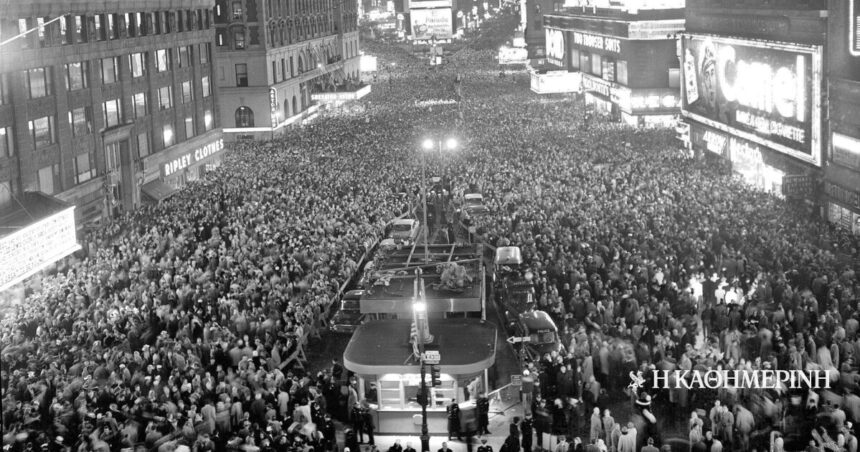On December 31, 1907, her city New York welcomed a new event that would become one of the most iconic ways to celebrate the new year: the Times Square Ball Drop. This dazzling spectacle, hosted in the heart of Manhattan, marked the beginning of what is now a worldwide symbol of Eve celebrations. New Year. More than a century later, millions of people around the world watch this action, either in person or via broadcast.
The first Ball Drop was organized by Adolph Ochsowner of The New York Times, as a way to commemorate the move of the newspaper’s headquarters to Times Square (then known as Longacre Square). To draw attention to the area and create a grand celebration on New Year’s Eve, Ochs and his team planned an event that would overshadow the other public celebrations in the city.
In 1904, the newspaper organized the first New Year’s Eve celebration in Times Square with fireworks, music and a crowd of residents. However, in 1907, fireworks were banned for safety reasonswhich prompted the organizers to come up with a new way to welcome the new year. Inspired by the so-called “time balls” – a method used by observatories and harbors in the 19th century to tell the time – they created the idea of the ghostly descent-fall of an illuminated ball.
The original Times Square ball, which was built specifically for the 1907 event, was a far cry from today’s glittering high-tech globe. It was made of iron and woodweighed almost 320 kg and was lit by 100 25 watt incandescent bulbs. The ball would be manually lowered from the flagpole atop the One Times Square building at exactly midnight, marking the start of 1908.
Since its debut, the Times Square Ball Drop has undergone many transformations, reflecting advances in technology and changing cultural tastes.
Despite its simplicity, the ball’s descent captivated the 200,000-plus people gathered in Times Square. The innovation not only dazzled those in attendance but also cemented the square’s reputation as the centerpiece of New Year’s Eve celebrations in the United States.
Since its debut in 1907, the Times Square Ball Drop has undergone many transformations, reflecting advances in technology and changing cultural tastes. The original ball was replaced in 1920 with a smaller and lighter version made entirely of metal. In the 1950s, the ball was converted to an aluminum construction, further reducing its weight.
The most significant changes have occurred in recent decades. In 2007, for the centenary of the event, a new design was introduced. This new version, created by Waterford Crystal and Philips Lighting, featured state-of-the-art LED technology, making it brighter and capable of producing millions of vivid colors. Today’s ball, which it is almost 4 meters in diameter and weighs over 5 tonsis an engineering marvel adorned with over 2,600 Waterford crystals and 32,000 LED lights.
The Times Square Ball Drop has come a long way from its beginnings. What started as a local celebration has turned into a global phenomenon. Today, the event draws approximately one million spectators to Times Square and is broadcast to an audience of over one billion people worldwide. The ball’s descent is accompanied by live performances, confetti and an exciting countdown to welcoming in the new year.
Column editor: Myrto Katsigera, Vassilis Minakakis, Antigoni-Despina Poimenidou, Athanasios Syroplakis




